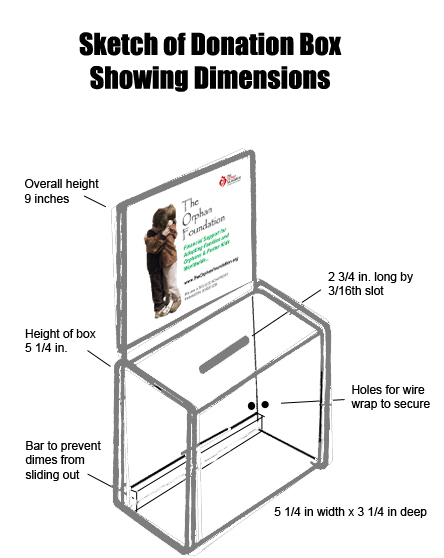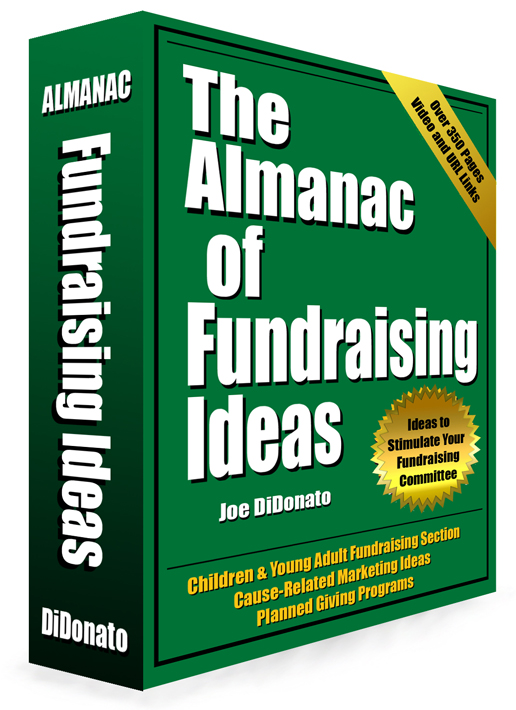Best locations are grocery stores,
convenience stores, gas stations with mini-markets, fast food restaurants, and
coffee shops. These are the locations
where a lot of small, cash transactions occur daily. The longer these stores or gas station stay
open, the better the collections. The
closer the donation box is to the cash register, the better the
collections. The less likely that a
credit card is used, the better the collections.
What are the generally bad locations? Sit down restaurants where meals are paid
for using credit card, and at the diner’s table; mail box stores where very
little cash is exchanged, are also disappointing; and dry cleaners that deal
primarily in credit card transactions won’t fair well.
Focus on the larger chains as you grow this
fundraising revenue stream. You will
need to get permission at the corporate level to get into some of the larger
fast food chains or retailers. However,
it might be easier to construct a deal that puts your boxes in 2,500 locations
across the country, and in the best case, have the stores do the counting and
collections for your organization. It
will take a lot of connections to convince a chain like 7-11 Stores or Burger
King to sponsor you on a recurring basis, but the rewards are certainly well
worth the effort.
There is no better way to start a charity from scratch
than to consider this as one of your fundamental strategies. Very few charities are lucky enough to start
out with a donor who will simply hand them several million dollars. It takes hard work and consistent fundraising
effort to keep the lights on, and this is one of those efforts that will pay
big dividends.
Source
of Idea: Unknown. Donation
boxes have become a common fundraising technique whose exact origin is unknown.

